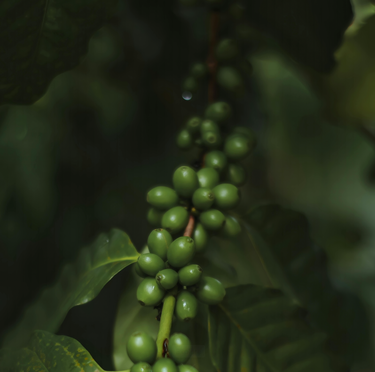The altitude in which coffee is grown has a direct impact on the final flavours in your cup. When you understand the cultivation of coffee it may help you understand your own likes and dislikes.
If you look at all of the world’s major coffee growing regions, these regions all have several climatic & terroir elements in common: Plenty of sunlight & warmth, rainfall, nutrient rich soils, and a certain level of elevation.

ARABICA
Higher altitude coffee has less caffeine and therefore fewer bitter compounds, making for an all-round smoother coffee.
ROBUSTA
In contrast Robusta beans prefer lower altitudes and warmer climates. They grow quickly with high yields Robusta plants generally thrive below 900m and for these reasons have a reputation for producing lower quality beans.
 Coffee plants use caffeine to protect themselves against pests - these pests thrive in the warmer climates of the lowlands - however the higher you go, the less pests appear, which is good seeing as beans grown at higher climates have lower caffeine.
Coffee plants use caffeine to protect themselves against pests - these pests thrive in the warmer climates of the lowlands - however the higher you go, the less pests appear, which is good seeing as beans grown at higher climates have lower caffeine.






